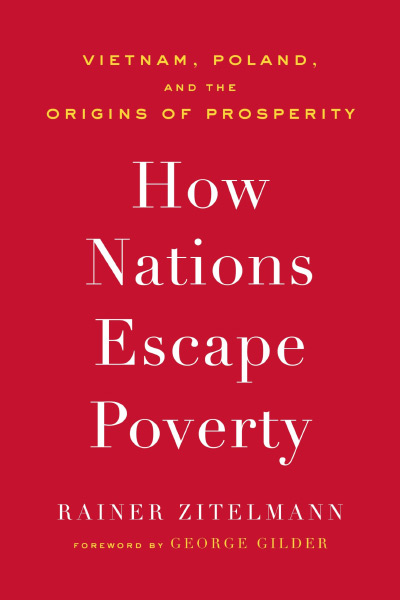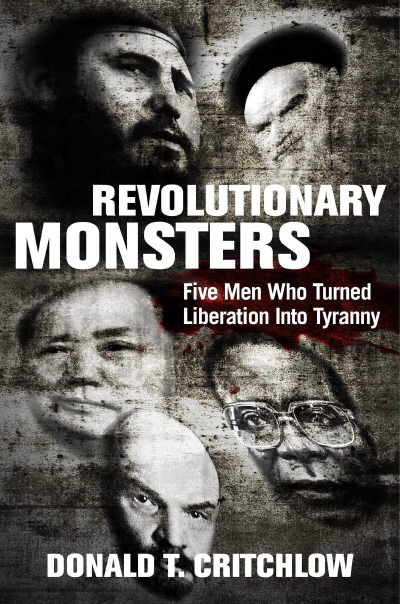In this remarkable book, Mark Harrison explores a new genre of social science. Everyday Lives is designed to create an understanding of how the Soviet economic, political, and social system worked, particularly in its use of repression, by telling the stories of people who lived it. Harrison calls upon his skills as an economic historian to extract from the stories general rules that the system followed, such as “the enemy is hiding,” “start from the usual suspects,” “fear the young,” “stop the laughing,” “stomp out the first spark before it spreads,” and “maintain the appearance of order.” Harrison buttresses his stories with social science and empirical research to place them in a more general context.
Six stories of ordinary and remarkable people form the core of Everyday Lives. Each story is an entertaining and sometimes incredible tale of how the Soviet police state worked. In each case, Harrison provides the historical context of the story, introduces each main character in such a manner that the readers feel they know him or her, and then embarks on that person’s story. Each story has twists, turns, and surprises, at times so complicated that the reader must just sit back and enjoy the roller-coaster ride.
If Harrison’s first story, “The Mill,” were not backed by historical facts and archives, readers would write it off as the fantasy of a Hollywood scriptwriter. It starts with a victim, unfortunate to have a Polish-sounding name, and then moves to an NKVD (Soviet secret police) higher-up, twiddling his thumbs in remote Khabarovsk and plotting a way to get his name in lights back in Moscow. He needed to put some numbers of unmasked enemies of the people up on the board. His solution: erect a fake border between the Soviet Union and Japanese-occupied territory, build a Potemkin Japanese village, and send innocent people across to be captured, interrogated, and tested for allegiance to the Soviet cause. This “mill” “uncovered” a substantial number of “traitors,” most of whom were executed after “trials” before a special court. Harrison tells the stories of victims, the Japanese cook and the guards in the pretend village, and the eventual investigation of the operation in the aftermath of Nikita Khrushchev’s destalinization program. The instigator of the “mill” operation was executed, along with his mentor, Lavrenty Beria, after an investigation led by the NKVD official who remarkably signed off on the operation in the first place but whose name conveniently disappeared from the record.
Harrison ends Everyday Lives with the pedestrian tale of Leila, a visitor fromIsrael to relatives in Vilnius in 1966. The story is drawn from the operational files of the Lithuanian KGB and is pieced together by telephone and mail intercepts and surveillance records. The punchline of the story is the KGB’s expenditure of enormous resources to cover the totally benign visit of a middle-aged women to her relatives. This misaligned waste of resources illustrates the Soviet police state’s rules of behavior—everyone is a possible enemy, the smallest spark can spread and spread like wildfire.
Harrison packs four other stories in between the ones about the mill and Leila, the visitor from Israel. They cover a wide range of topics, including academics’ fights over potatoes, the struggle with false science, the vagaries of censorship, whistle blowing against a local party mafia, deviations from the party line, a line-jumping fake KGB agent, profilaktika, and a number of other subjects. Among the most amusing is the story of a woman censor who mistakenly approved the publication of an image of a monster with the caption “The truth (pravda in Russian) hurts” (p. 51). In her haste, she did not realize that the cartoon could be interpreted as a jab against the party newspaper Pravda. More chilling is Harrison’s account of profilaktika, a form of preventative conversation. He uses transcripts of actual profilaktika operations to explainhow its subjects wilted in the course of its inevitable progression. The KGB believed in the danger of contagion. Honest Soviet citizens could be infected by hidden class enemies. Under Stalin, those threatening the contagion of others were executed or isolated in the gulag. Under the lesser terror that followed Stalin, the more humane form of profilaktika was used. Most of those “warned” in preventative conversations cleaned up their acts—no more jokes, no more hanging out with the wrong kind of people, no other forms of disrespect.
Everyday Lives informs readers how the Soviet police state worked and how, I imagine, any police state works, and it does so in a lively and entertaining fashion. I contend that we can learn more from this genre of exposition than from the thickest of scholarly publications that omit the human element. Although this type of research and writing appears straight forward, it requires an enormous amount of experience in the Soviet archives, reading the records of the party control commission, the Lithuanian KGB files, the archives of the Communist Party, among other sources. Everyday Lives is the product of Harrison’s decade-plus journey through the records at the Hoover Institution Archives. Let us hope he gets the readership that his book deserves.
| Other Independent Review articles by Paul R. Gregory | |
| Fall 2017 | The Black Swan of the Russian Revolution |
| Spring 2009 | The Ship of Philosophers: How the Early USSR Dealt with Dissident Intellectuals |


















